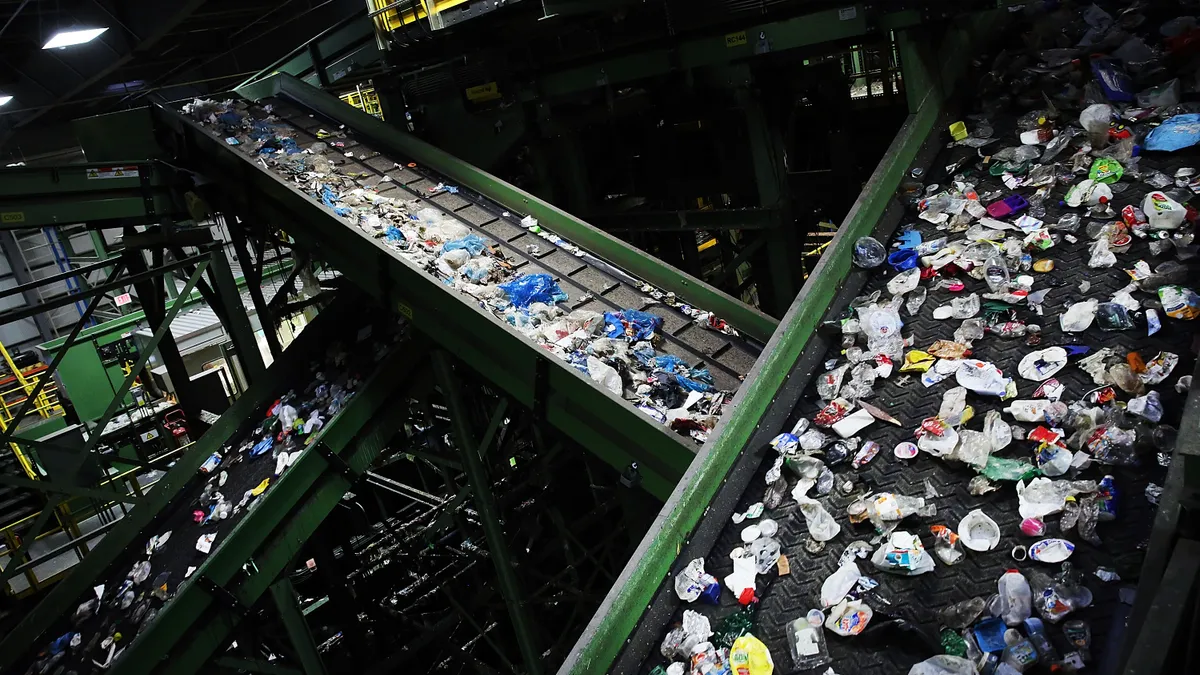Dive Brief:
- In an effort to reduce carbon footprints, some manufacturers are adopting new building materials and methods, according to Popular Science.
- Some of those methods include using algae to absorb carbon emissions, developing concrete that absorbs carbon dioxide and making materials from recycled goods, such as wood, metal, cardboard and plastic.
- Buildings account for 70% of power consumed in the U.S., both through electricity use and through manufacturing high-carbon footprint materials such as steel and concrete for building the structure. Steel, concrete and other building materials production releases more carbon pollution than each car, minivan and truck on the planet combined.
Dive Insight:
It's a well-known statistic that buildings represent the vast majority of energy consumption in the U.S. In response, the American Institute of Architects in 2009 issued its 2030 Commitment with the goal of achieving carbon neutrality. The goal has proven difficult to achieve, however, with most firms falling short of the benchmark goals as of the 2016 progress report. Although the predicted energy use intensity savings goal was 70%, projects had an average savings of only 42%.
Despite falling short of goals, progress is being made — and architecture firms aren't the only ones working toward a more sustainable future. Earlier this year, engineering firm Arup suggested turning organic waste into construction materials to help reduce the 534 million tons of waste the construction industry produces and 60 million tons of food disposed of each year. Proposed substitutions include skyscrapers from mushrooms, carpets from bananas and bricks from rice.
Mass-timber construction, already in use internationally, is another increasingly popular method gaining a foothold in the U.S. A mass-timber building equivalent in size to a mid-rise steel of concrete counterpart would produce an estimated 610 tons of carbon dioxide emissions as opposed to 1,500 tons of CO2 emissions. Since the 1950s, tree growth volume has increased 50%, largely debunking deforestation concerns.
Even lawmakers are taking steps toward lower-carbon construction. California proposed the Buy Clean Act earlier this month that would require contractors working on state projects to buy lower-carbon construction materials from low-carbon producers. Affected materials include steel, rebar, flat glass and mineral wool board insulation.
A Research and Markets report in October forecasted the world market for sustainable construction materials to hit $187 billion by 2026 — an 11.6% compounded annual growth rate between 2017 and 2026. North America had 35% of that market share by volume and value.












